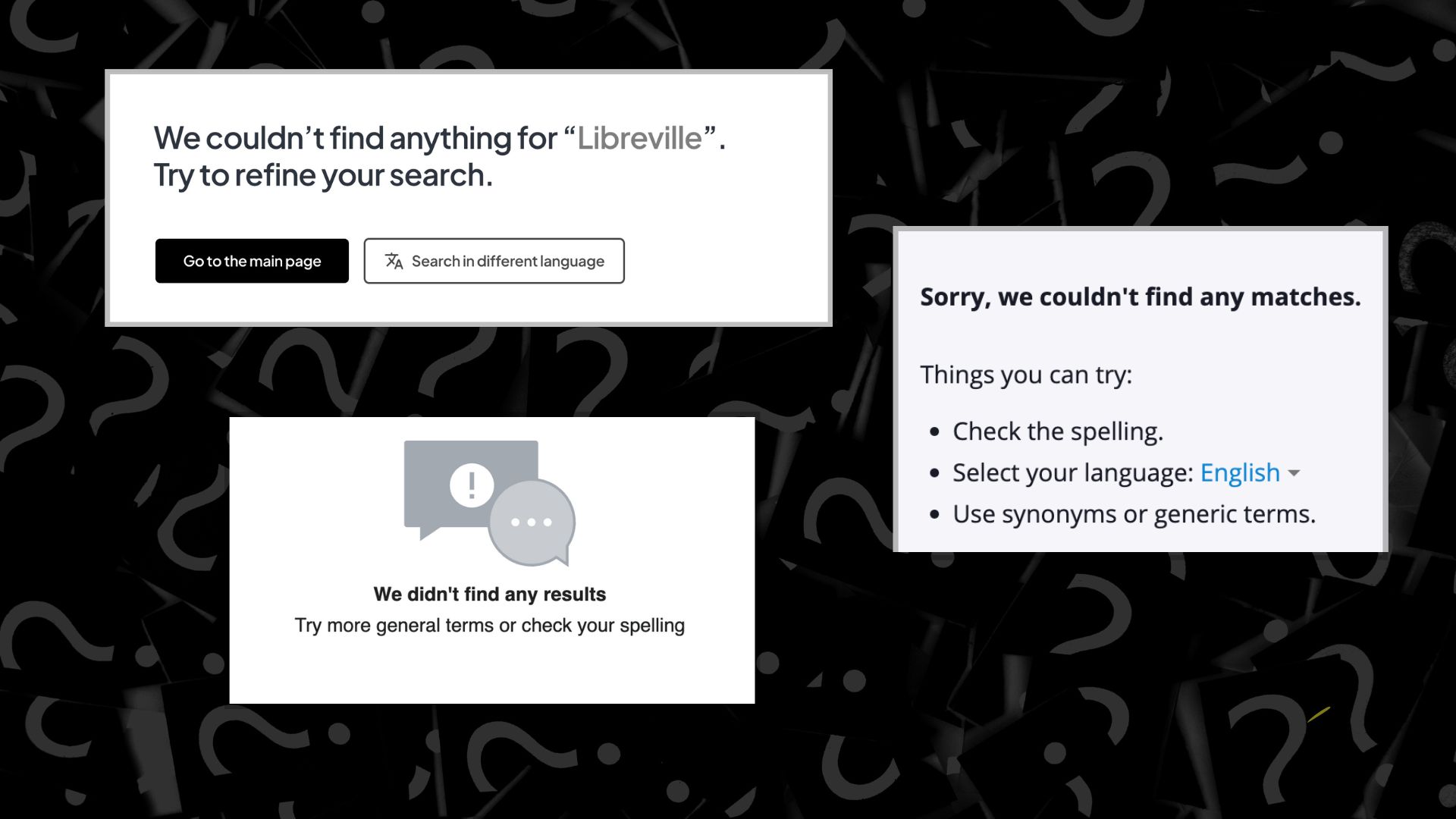Finding footage can be a slow, laborious and sometimes painful process for video journalists. Especially when working with little to no budget.
It’s a problem we, Sanshey Biswas and Manon Verchot, co-founders of InOldNews, faced in multiple newsrooms that we worked in. Our company has provided training and support to thousands of journalists and newsrooms from over 25 countries since its formation in 2020.
Whether we were reporting on climate change, over-fishing, or elections, it was always a struggle to find appropriate footage from the countries we were covering. Later, when we started conducting trainings for journalists in countries such as Gabon, Rwanda and Sierra Leone, we struggled to find footage that was relevant to their context for the practical exercises we made for them.

Many newsrooms can’t afford subscriptions to wire services like AFP, Reuters and AP, especially as their budgets and staff get cut. So they’re forced to turn to what’s freely available. While there are many incredible free footage resources online, it tends to be U.S.- and Europe-centric, making it hard for journalists doing coverage beyond these geographies.
On Wikimedia Commons, for example, there’s 10 times more footage from the U.K. than Tanzania or Thailand, even though all these countries have comparable population sizes. Some countries, like Brunei, have almost no visual representation on free footage platforms. Even within geographies that have a lot of footage, like the U.S., there are major gaps outside of media hubs. This lack of representation can affect journalists’ relationship with audiences. A study by the Reuters Institute for the Study of Journalism found that if audiences don’t feel represented in the media, it “undermines their trust in news.”
A couple years ago, we realized that we could be the ones to help fill these gaps. So we started to build a library of free-to-use, Creative Commons footage that we’re calling the Open Journalism Network.
In the early days of this project, we started by recording footage ourselves whenever we conducted trainings for journalists in less-represented countries. We would record establishing shots of government buildings, markets, historical monuments, museums and city streets. Then, we’d upload our footage to platforms like Flickr, Pexels and Pixabay.
It didn’t take long for us to confirm that there was a real need for this type of footage from locations where there aren’t many clips available. Our clips received millions of views and tens of thousands of downloads in a matter of months. This gave us the confidence to do what we originally hoped to be able to do — work with local journalists to help increase the representation of their own communities through video journalism. We knew from the start that it would be imperative to work with journalists who understand the local context and have a deeper understanding of the issues.

So we took this idea to the Entrepreneurial Journalism Creators Program (EJCP) at the Craig Newmark Graduate School of Journalism at CUNY. During the 100-day program, we worked on turning this project into a sustainable venture, and building a pitch that would speak to potential donors. This led us to landing our first grant from Internews’ Earth Journalism Network and Sida.
This grant allowed us to increase the availability of climate change-related footage from 13 countries. Our contributors recorded more than 700 clips covering breaking news events like Hurricane Beryl, and evergreen footage like sea level rise, heat waves, invasive species, mangrove restoration, renewable energy and more. We also received a Magic Grant from the Brown Institute of Media Innovation at Columbia Journalism School.
As of December 2024, our library hosts 1,800 clips from 29 countries. We’ve been able to work with and pay close to 30 journalists in 14 countries this year alone. All of the footage is published online for free, under a CC BY license, which means that it can be used by anyone in any way as long as it is credited. Each video clip includes the crediting requirements in the description. Screenshots of these clips can also be used in articles or social media posts, with the same attribution.
In addition to environmental stories, our network of journalists has helped us cover the Indian and U.S. elections from locations that tend to receive less coverage. Their clips have been used by both independent journalists and news organizations reporting on these topics. Knowing the actual reach of the videos that have used our library is not an easy task. But from what we’ve been able to track, video news reports that have used our library have garnered over 4 million views.
So what’s next for the Open Journalism Network? Thanks to the Magic Grant, we are building our own platform to host the library. While we’ve had success on Flickr, Pexels and Pixabay, the truth is these platforms weren’t built with journalists in mind. They can be hard for journalists to navigate and find what they really need. We’re also going to keep commissioning and publishing footage from contributors all over the world. And training more journalists to get started in video.
We’re constantly partnering with journalists, newsrooms and media development organizations who are interested in creative approaches to tackling the lack of diversity in media. We realize that we are only one piece of the puzzle on this issue — and there’s still so much work to be done.
Get in touch about collaborations or support by emailing: editor [at] inoldnews [dot] com.
Images and main image courtesy of Sanshey Biswas and Manon Verchot.


